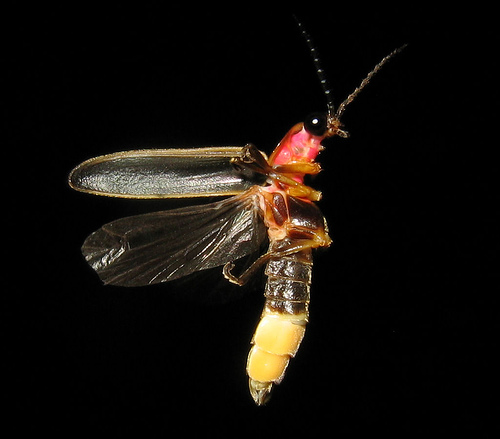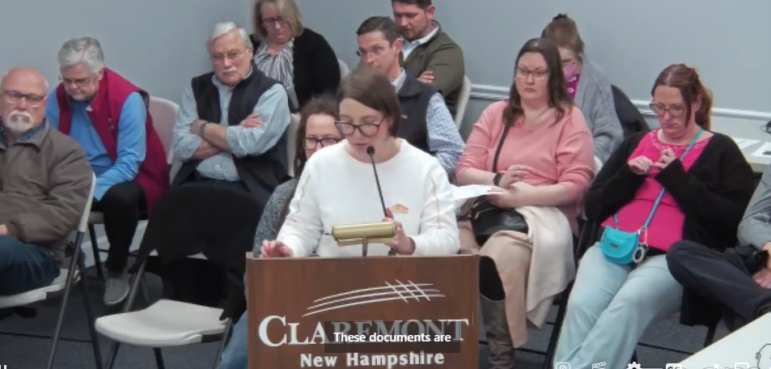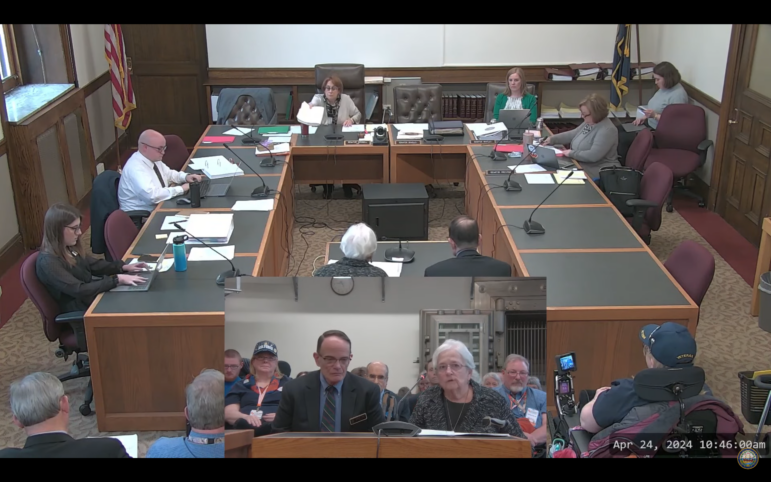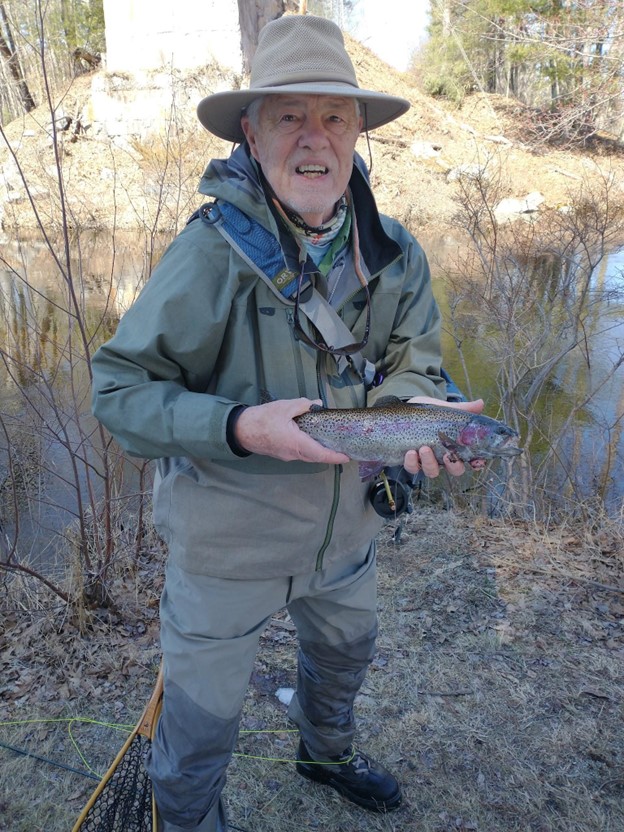
By PAULA TRACY, InDepthNH.org
Some of my fondest childhood memories involve fireflies.
I recall lying in a dark field near my home with my brother on summer nights, in our old musty tent, watching fireflies light up the sky above and creating their own silent fireworks displays.
Sometimes we would just watch them and wonder how they did that and why. Some time was spent trying to capture them in a Mason jar filled with leaves and then looking at them up close for a while.
Some put out a white light. Some yellow or almost orange it seemed.
We would let them go after bringing them into the tent and using a flashlight with a piece of blue paper in front of it so as not to shock the fireflies.
Apparently, fireflies can’t see blue.
The best part was freeing them, watching them escape the jar, up and out into the darkness, back into the world to communicate in a sort of code with their mates.
Males normally flash in the air while females wait on the ground to see if the flasher is the right species. If it is the right one, she flashes too from the ground.
My parents were not scientists but they helped me with my curiosity. I learned the word “bioluminescence” as an eight-year-old.
It was a $5 word but these curious creatures drew me into a world of wonder for nature that carries with me to this day and which I carried on with my little girl in a field behind our house.
I am now a little older and these creatures still fascinate me along with the so many other creatures of the summer night.
Sometimes called “lightning bugs” fireflies are actually a type of beetle that use light to attract their mates.
In the world, there are over 2,000 species and in New Hampshire alone, more than 20.
From the family Lampyridae, these winged beetles begin as eggs, and as larvae, they spend their winters underground.
They emerge in early June here in the Granite State and stay around all summer long.
They are most noticeable flitting around on hot and humid summer nights. The fireflies also love wet weather, too, as some of their favorite foods come out on wet nights.
These include slugs and will drink nectar from flowers. Some don’t eat a thing in their adult stage.
This COVID-19 summer has been particularly good for firefly watching as a mild winter helped get them through to be the only live show in town right now.
Though the early season drought may have caused some eggs and larvae to die off before they ever got a chance to shine, it seems up here in the Lakes Region that there are plenty of fireflies left to enjoy.
Synchronous Light Shows
There is a variety of fireflies that provides a synchronous display each summer in the Great Smoky Mountains. https://www.youtube.com/watch?v=0BOjTMkyfIA
It’s a great attraction as they start up and sparkle together like a beetle flashmob.
This omnivore has a life span of two months, sad but true, and at the end of the summer, they have laid eggs to allow for the cycle of life to continue.
According to National Geographic, “fireflies have dedicated light organs that are located under their abdomens. The insects take in oxygen and, inside special cells, combine it with a substance called luciferin to produce light with almost no heat.
Firefly light is usually intermittent, and flashes in patterns that are unique to each species. Each blinking pattern is an optical signal that helps fireflies find potential mates. Scientists are not sure how insects regulate this process to turn their lights on and off.
“Firefly light may also serve as a defense mechanism that flashes a clear warning of the insect’s unappetizing taste. The fact that even larvae are luminescent lends support to this theory.”
Firefly Watch
Are firefly populations growing or shrinking? And what could lead to changes in their populations?
You can help scientists learn the answers to this and more about firefly by joining a citizen science project through the Massachusetts Audubon Society.
Firefly Watch combines an annual summer evening ritual with scientific research. Join by sending an email to fireflywatch@massaudubon.org.
Anyone in North America can participate in Firefly Watch. All you need to do is spend at least 10 minutes once a week during the firefly season observing fireflies in one location (your backyard or in a nearby field).
All firefly sightings—or lack thereof—are valuable!





